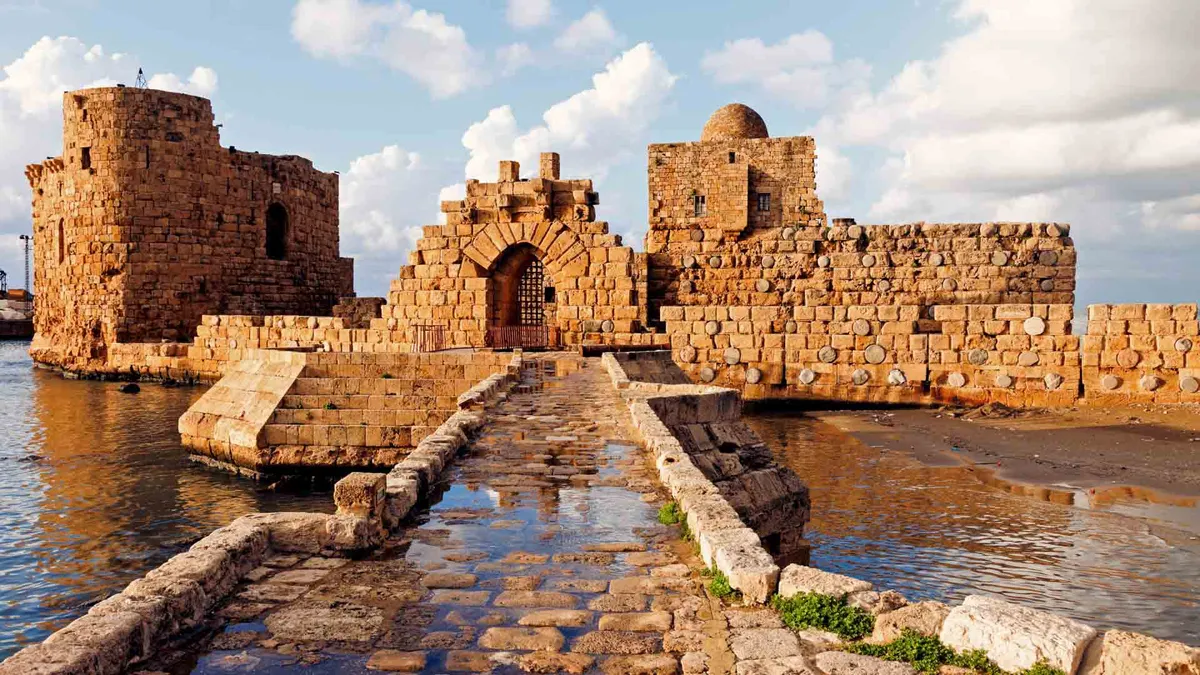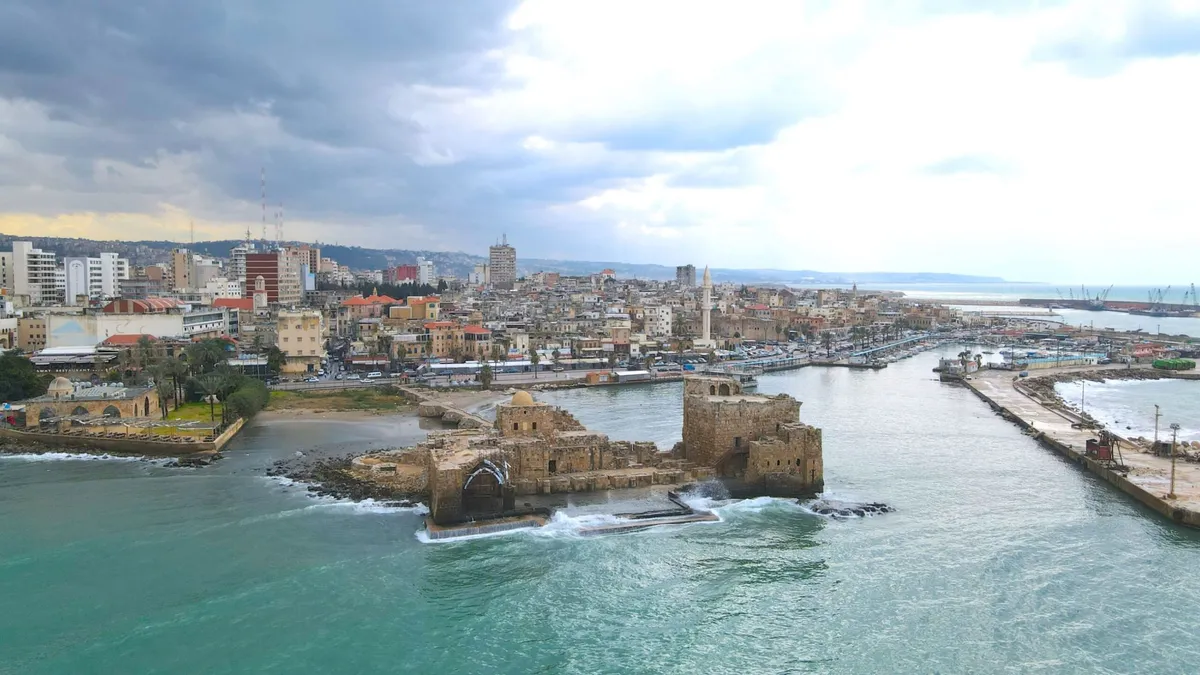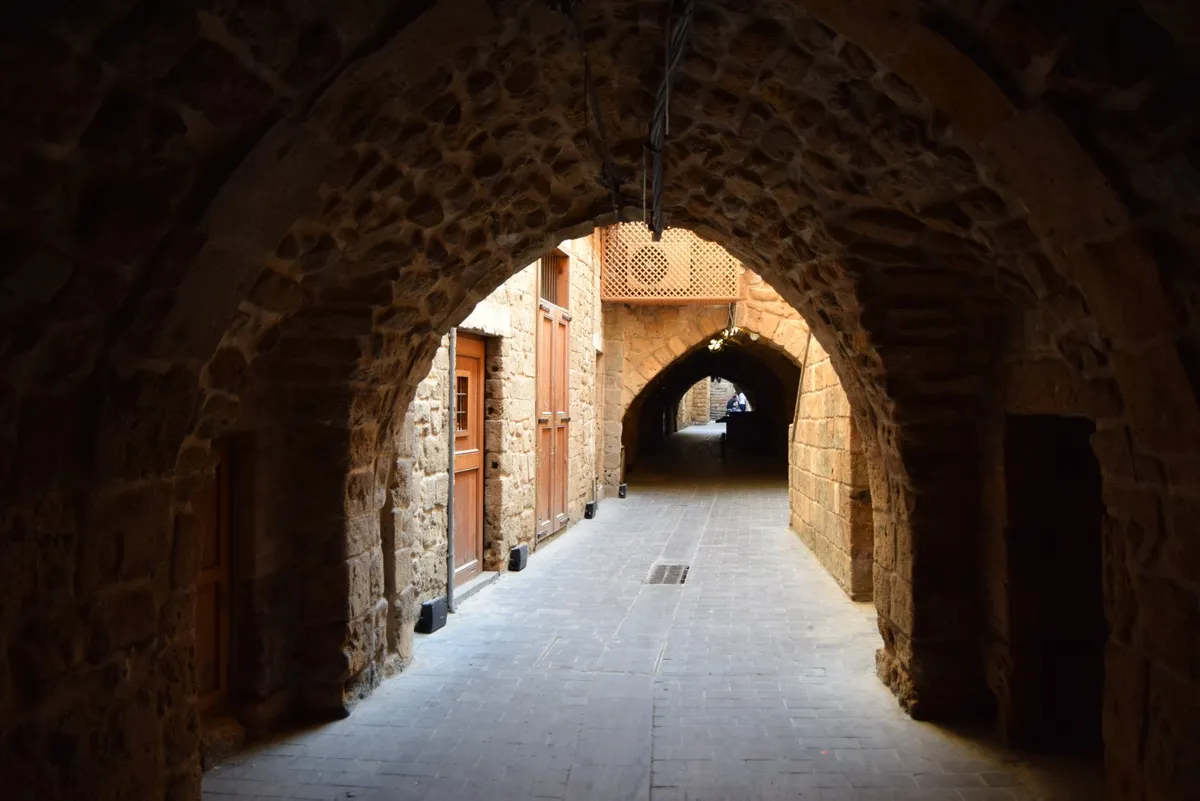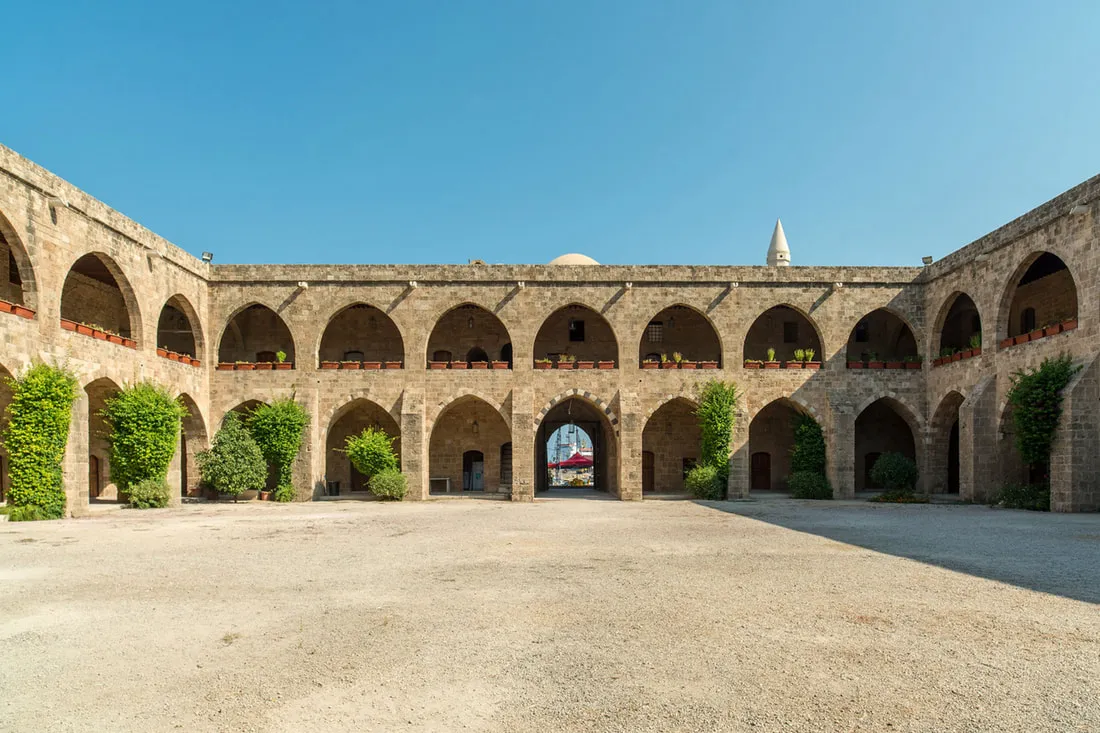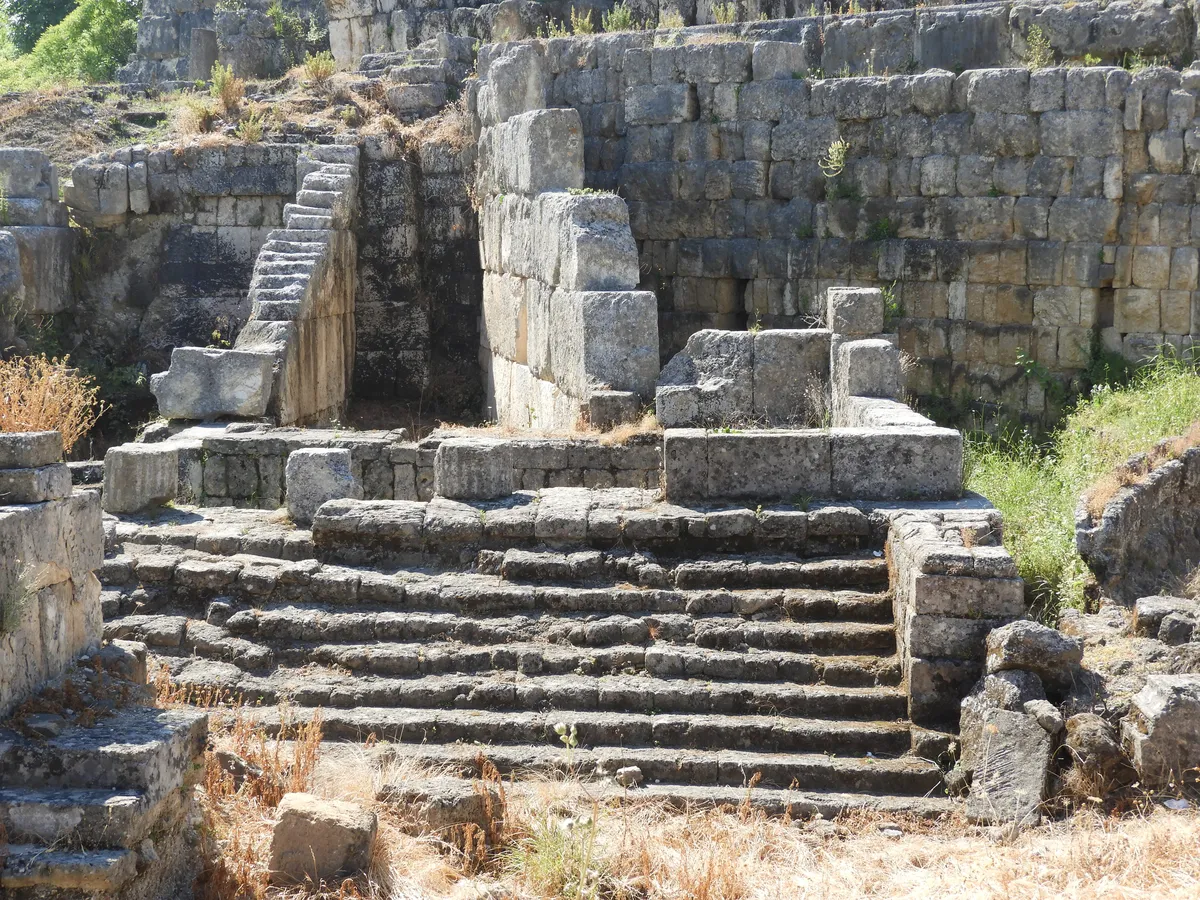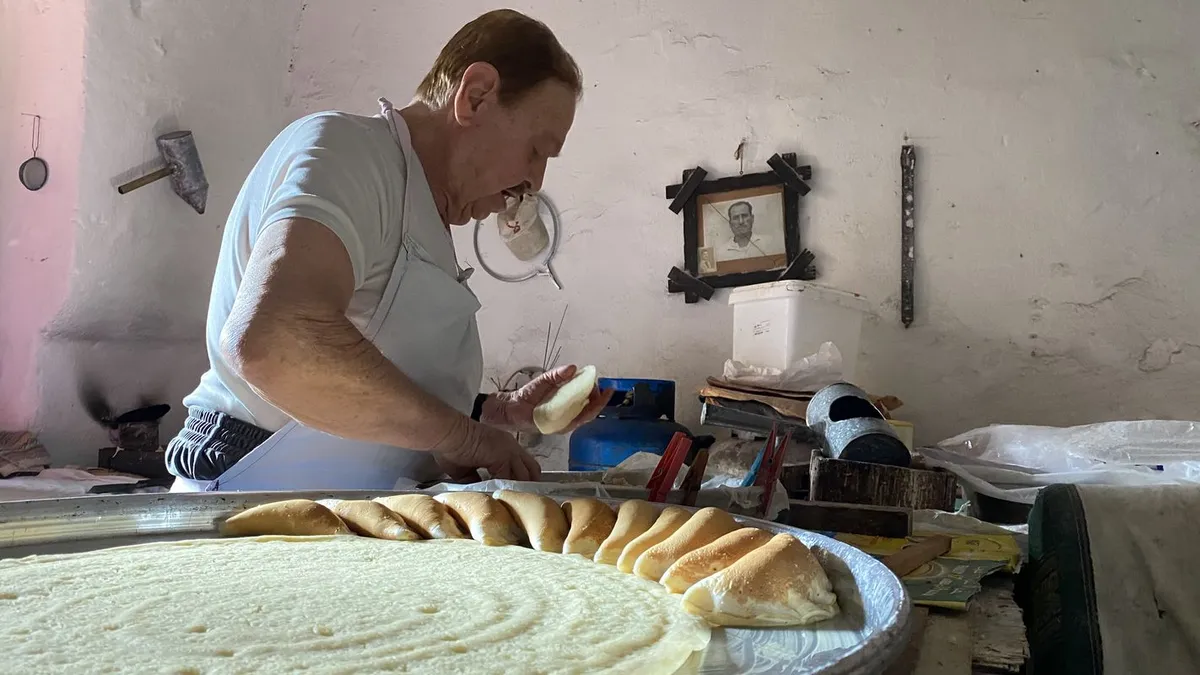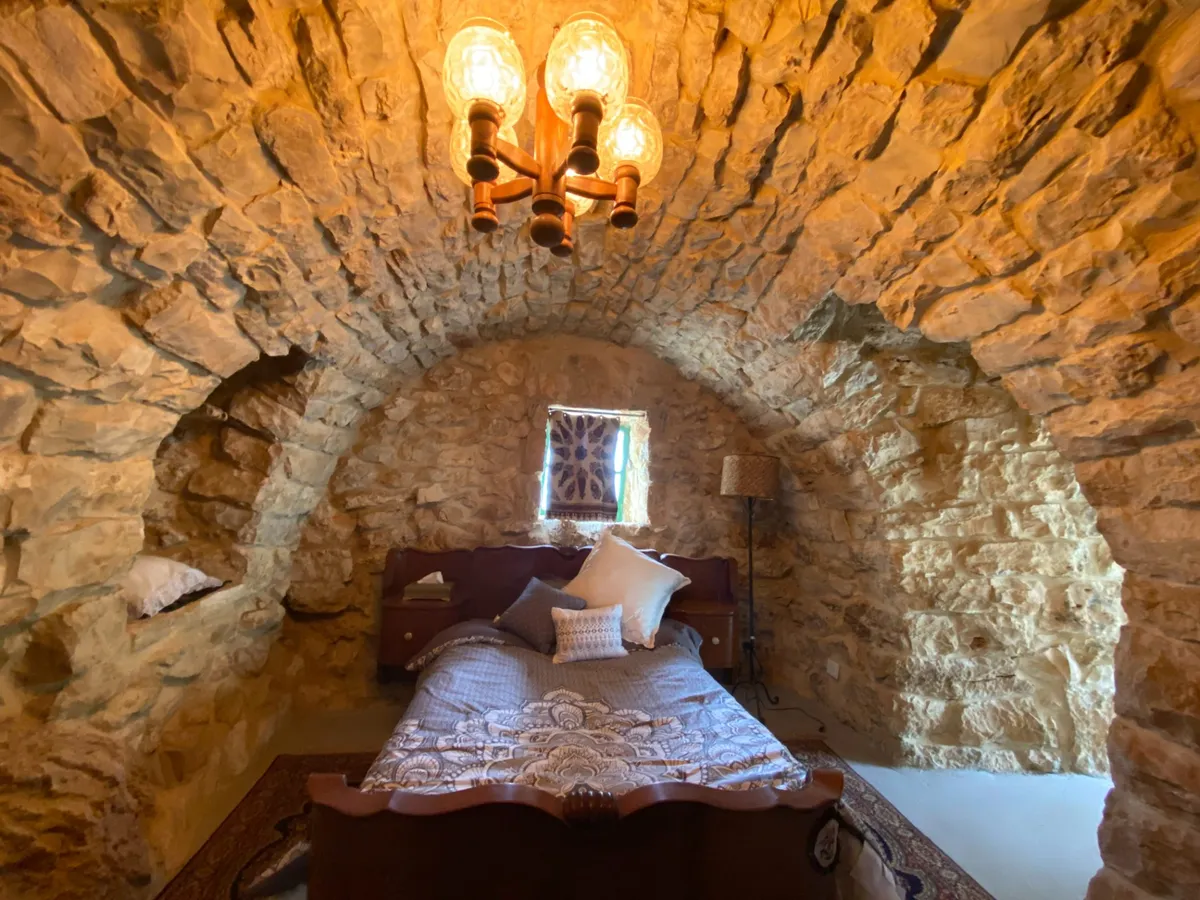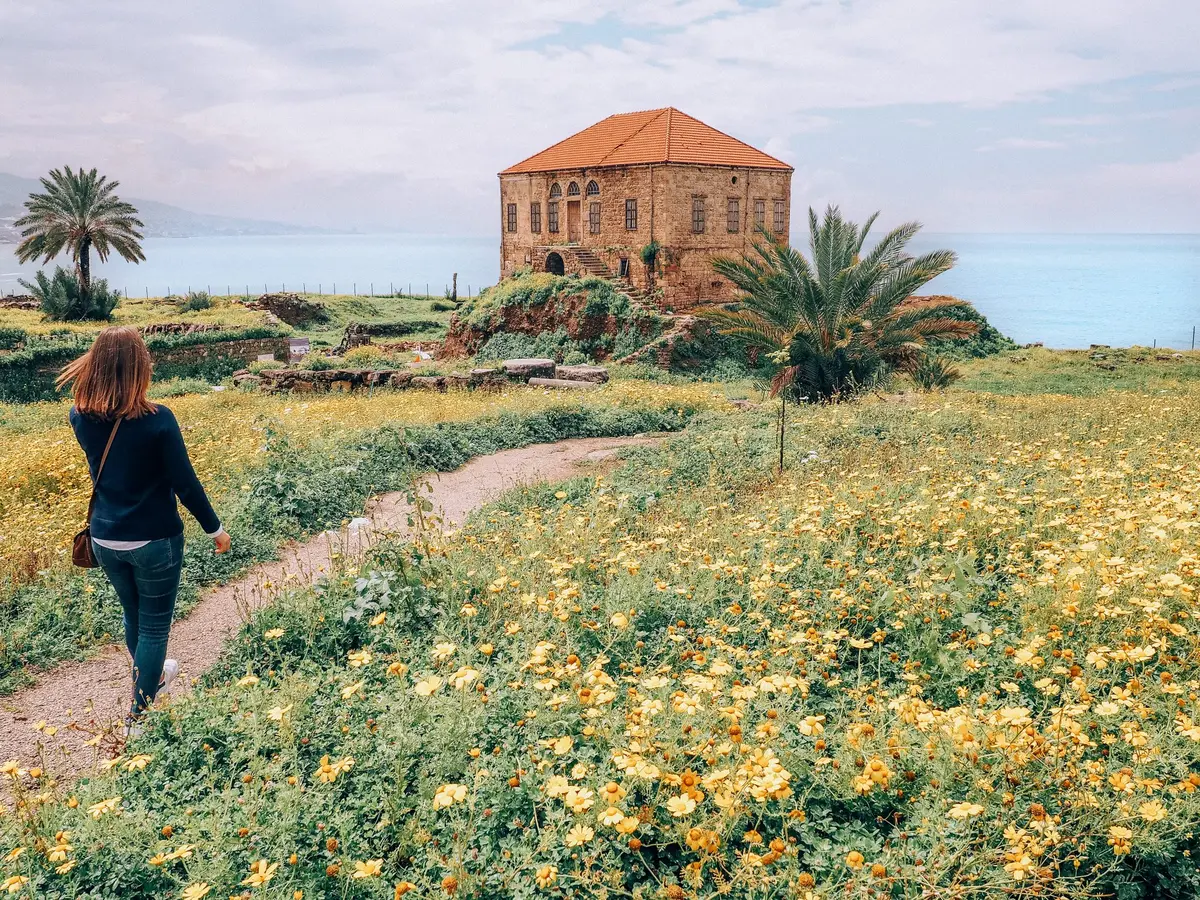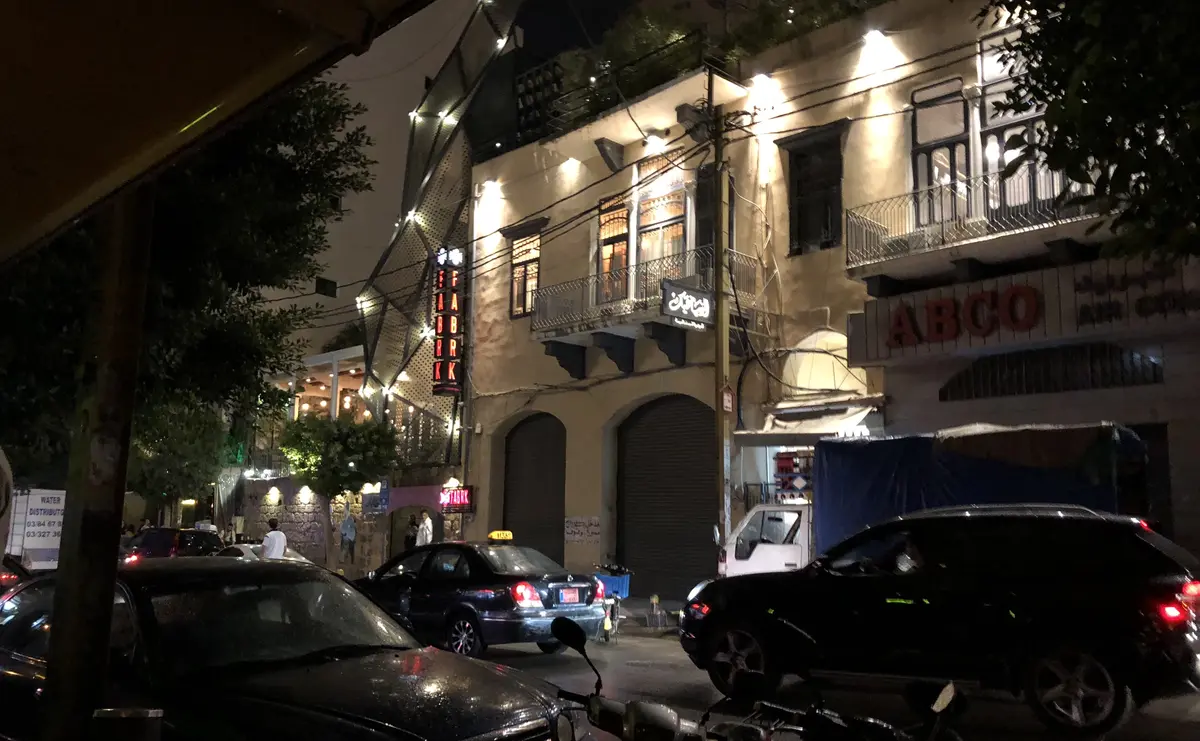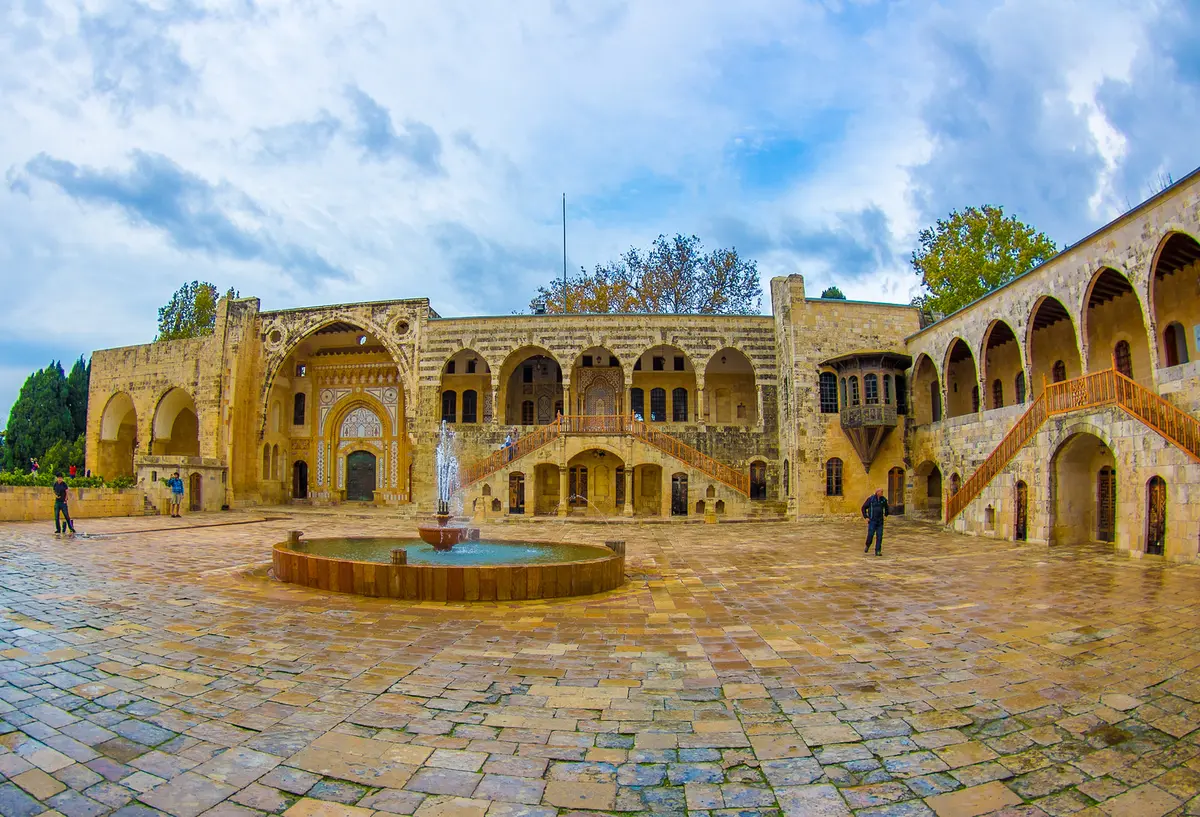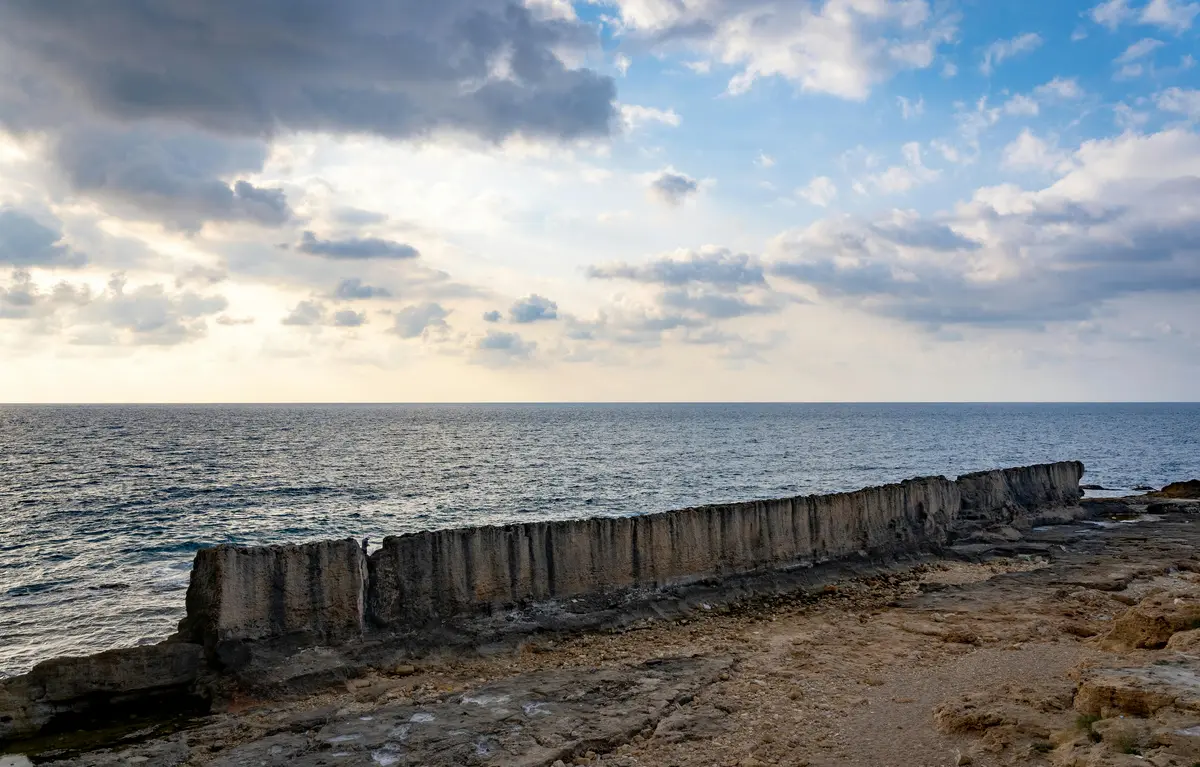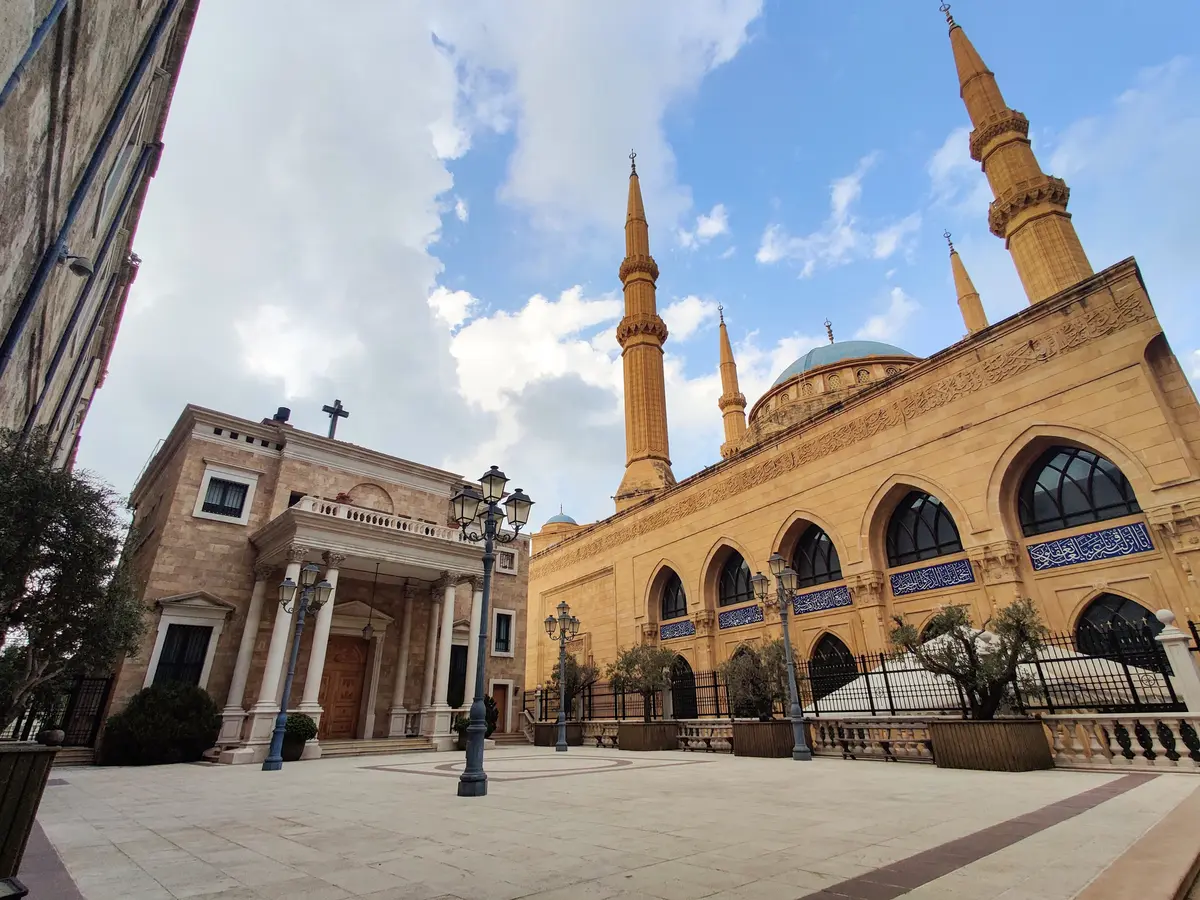Imagine walking through vaulted stone alleys where the scent of freshly baked knafeh mingles with the salty Mediterranean breeze. Here, 6,000 years of history are not locked behind museum glass but are woven into the fabric of everyday life. Welcome to Sidon, Lebanon (or Saida, as locals call it)—an ancient Phoenician port city in Southern Lebanon that stands as one of the Middle East’s most authentic and rewarding destinations. This guide is built on extensive on-the-ground exploration, from navigating the labyrinthine Old Souk with local guides to savoring sweets in family-run bakeries, offering you the real story behind this fascinating coastal city that serves as both a bustling commercial hub and a living museum.
Is Sidon Lebanon Safe? A Realistic Travel Guide
It is important to address safety concerns from the outset. Official travel advisories from the US State Department, the UK, Canada, and Australia frequently warn against travel to Southern Lebanon, including Sidon. These macro-level assessments are based on regional tensions and worst-case scenarios across a volatile area. However, the experience for travelers on the ground is often quite different: a welcoming, calm city with friendly locals. As one Reddit user noted, “I love Saida… People are very nice.” Travel blogs consistently describe Sidon as having “all the makings of the perfect holiday getaway.”
The key is to bridge this “risk perception gap” with smart, practical safety measures. Plan day trips from Beirut to arrive in the morning and leave before dusk. Many travelers hire local drivers who know the area and current conditions intimately. Stick to main routes—the coastal highway and well-trodden tourist paths—and avoid sensitive areas like refugee camps or the Israeli border unless you are with a trusted local guide. Stay informed by monitoring the news before and during your trip, and dress modestly to respect local customs, especially in mosques and the old souks. By following these practical steps, you can experience the city as countless visitors have: a safe and deeply rewarding destination.
How to Get to Sidon Lebanon from Beirut
Fortunately, Sidon sits just 48 kilometers south of Beirut, making it an easy and popular day trip. Your journey begins at Beirut’s Cola Intersection, a bustling transport hub where buses and shared vans congregate.
For budget travelers, shared vans (known locally as “service”) cost just $1-5 and take 45-60 minutes. They offer an affordable and authentic local experience, though you will need to wait for the van to fill up, and the driving style can be spirited. Public buses like Sawi Zantout charge $2-5 for a 60-75 minute ride in comfortable coach-style seats, although departures are less frequent.
If you prioritize comfort and flexibility—especially if you want to add stops like the Temple of Eshmun or Tyre—hiring a private driver is your best option. Regular taxis cost between $10-20, while a full-day hire is approximately $50+. While it is the priciest choice, it provides door-to-door service and the freedom to create your own itinerary. For most visitors, the shared van or bus offers the ideal balance between affordability and convenience.
The Rich History of Sidon: 6,000 Years in the Making
A walk through Sidon is not about observing history in a museum—you are literally walking through it. This challenge and opportunity turn you into an archaeologist for a day, deciphering the layers of civilization that constitute the city itself.
As one of Phoenicia’s oldest and most powerful city-states, Sidon built its wealth on masterful craftsmanship and maritime trade. Homer himself praised Sidonian artisans, particularly for their glass manufacturing skills. The city’s other claim to fame was Tyrian purple, an incredibly rare dye extracted from Murex sea snail glands. This pigment was so valuable it became synonymous with royalty throughout the ancient world. You can still see the industry’s scale today at “Murex Hill”—a massive artificial mound south of the old city formed by millions of discarded shells accumulated over centuries.
Sidon also appears throughout biblical narratives. It is famously known as the hometown of Princess Jezebel, who married King Ahab of Israel and promoted the worship of Baal, the Canaanite storm god. Archaeological finds in Sidon have confirmed the deep roots of Baal worship. On a more revered note, both Jesus and Saint Paul reportedly visited during their travels, and a local Greek Orthodox church holds the tradition that Saints Peter and Paul met here before Paul’s journey to Rome.
The city’s prime coastal location made it a prize for successive empires, each leaving architectural marks still visible today. The Crusaders built two formidable 13th-century fortresses: the iconic Sea Castle and St. Louis Castle. Later, under Ottoman rule, Sidon flourished as a commercial port linking Damascus to Europe. The powerful 17th-century Druze emir, Fakhr ad-Din II, constructed magnificent caravanserais (merchant inns), with Khan al-Franj being the most beautifully preserved. These structures are not ruins; they are living testaments to Sidon’s enduring role as a hub of commerce and culture.
Top Attractions in Sidon: The Sea Castle and Beyond
Crusader Sea Castle (Qala’at al-Bahr)
This 13th-century fortress, jutting into the Mediterranean on a small island, is Sidon’s most iconic landmark. Connected to the mainland by a picturesque stone causeway, its walls tell a layered story—you can spot ancient Roman columns visibly used as horizontal reinforcements by its Crusader builders. Visitors enjoy “clambering up the steep steps” of the west tower to the rooftop for breathtaking panoramic views of the fishing port and old city. While some find it “a bit tumble-down,” that raw, atmospheric quality is precisely what makes it charming. Inside, you will find remnants of a small mosque and a chapel. The entrance fee is approximately $2-3 (4,000 LBP), and it is generally open from morning until late afternoon. Pro tip: hire one of the local fishermen at the port for a short boat trip around the castle for a unique perspective.
The Old Souks
Unlike the open-air markets of North Africa, Sidon’s Old Souk is a medieval maze of stone-vaulted alleyways that twist and turn, creating a cool refuge from the Mediterranean sun. The souks are organized by trade, with entire lanes dedicated to carpentry, sweets, or textiles. This is consistently one of the most authentic things to do in Sidon. It is where you get a “candid look at the people of Lebanon” and witness “workmen still practicing their trades” with age-old tools. The experience engages all your senses—rich spice aromas, sizzling street food, and the constant hum of city life. Many shops close on Fridays for the Muslim holy day, so plan accordingly. Here’s an insider tip: set the map aside. The best way to experience the souk is to simply wander and let yourself get lost in its enchanting alleyways.
Cultural Experiences in Sidon: Soap Museums & Caravanserais
Musée Du Savon (Soap Museum)
Housed in a beautifully restored 17th-century soap factory, this Audi Foundation project meticulously documents the history and process of traditional olive oil soap making—a craft Sidon was once famous for—and its connection to hammam (public bathhouse) culture. Visitors rave about this museum, and the experience begins before you even enter, with the incredible scent of olive oil and laurel soap that “wafts out into the alley.” The museum shop is a delight, offering high-quality soaps, lotions, and hand-embroidered towels—perfect for authentic souvenirs. Entry costs about $2 (£2 equivalent), and it is closed on Fridays and Sundays.
Khan al-Franj
This classic Ottoman-era caravanserai was built in the 17th century to accommodate European merchants, particularly from France. It features a large, peaceful rectangular courtyard with a central fountain, surrounded by two stories of arched galleries. Travelers appreciate the Khan as a tranquil oasis just steps from the souk’s chaotic energy. Its shady arcades provide the perfect spot to rest and admire the architecture. Today, it sometimes hosts craft markets and cultural events, continuing its legacy as a public gathering space. Best of all, entry is free, and you will find it on the edge of the Old Souk near the waterfront.
Archaeological Sites in Sidon: Temples and Castles
Temple of Eshmun
Located a few kilometers north near the Awali River, this is Lebanon’s most significant Phoenician archaeological site. The complex was dedicated to Eshmun, the Phoenician god of healing, and served as a major pilgrimage site for centuries. The ruins include a massive podium, various basins, and later Roman additions like a colonnaded street and mosaics. This is a must-see for serious history enthusiasts. While the finest statues and carvings have been moved to Beirut’s National Museum, the site itself—peacefully set among citrus and banana plantations—remains evocative and powerful. Entry is free (though donations for upkeep are appreciated), it is open from sunrise to sunset, and you will need a short taxi ride from the city center.
Saint Louis Castle (Qalaat El Muizz)
This land castle was built by French King Louis IX in the mid-13th century on a former Fatimid fortress site, right where the Phoenician acropolis is believed to have been. Visitors describe it as “overgrown and in ruins” but “still quite impressive,” offering a more rugged and adventurous experience than the polished Sea Castle. It appeals to explorers who enjoy history in its raw, unrestored state. Entry costs about $4 (£4 equivalent), hours typically run from 8 AM to 5 PM, and you will want sturdy shoes since the ground is uneven.
Local Life in Sidon: The Corniche and Daily Rhythms
The city’s seaside promenade (Corniche) and adjacent public beach offer a window into modern Sidon life. This is where you will see local families and young people relax, stroll, and enjoy their city—where you can observe “locals truly letting their hair down.” While some travelers note issues with litter, the vibrant social scene provides an authentic cultural counterpoint to the historical sites. It is a conservative area, so modest beach attire is recommended. Access is free, and the best time to visit is late afternoon or early evening when the area comes alive and the sun begins to set over the sea.
What to Eat in Sidon: A Food Lover’s Guide
Sidon’s culinary landscape reflects its history as a coastal trading hub, with specialties you won’t find anywhere else.
Must-Try Desserts
You cannot leave without trying senioura—Sidon’s signature dessert. This delicious, crumbly cookie made from tahini and pistachio has a texture that melts in your mouth. Regional favorites like knafeh (a cheese pastry soaked in syrup) and ma’amoul (date or nut-filled shortbread cookies) are everywhere, but the place to try them all is Al Baba Sweets. This legendary establishment is more of a factory than a bakery, producing dozens of exquisite confections—a mandatory stop for food lovers. Budget $1-10 for treats, and do not skip the senioura.
Street Food Excellence
For the best falafel in town, travelers consistently point to Falafel Al Akkawi. Watching the cooks expertly fry chickpea-and-fava-bean fritters in large oil vats is an experience in itself. The sandwich is a masterpiece: perfectly crispy falafel balls loaded into fresh pita with a zesty lemony tartar sauce, fresh parsley, tomatoes, pickles, and a kick from chili peppers.
Adventurous Eats
For culinary adventurers, Sidon offers a unique local delicacy: sheep brain and tongue sandwiches. A popular shop on the outskirts of the Old Town specializes in these dishes, served on toasted buns topped with tarator (tahini and garlic sauce), tomatoes, and pickles. Firsthand accounts describe the brain as having a “soft, smooth texture” and the tongue as “meaty and tender”—a flavor experience unlike any other.
Fresh Seafood
As a historic fishing port, Sidon’s identity is tied to the sea. No food tour is complete without sampling the fresh catch. Numerous waterfront restaurants near the port offer simply prepared grilled fish and seafood that showcase the bounty of the Mediterranean.
Where to Stay in Sidon: Guesthouses and Hotels
While Sidon has traditional hotels like Al Qualaa Boutique Hotel, its true accommodation charm lies in guesthouses and short-term apartment rentals that offer more authentic experiences. The standout option is Beit Tout Guesthouse. This is not just a place to stay—it is an experience. Housed in a 250-year-old traditional Lebanese stone house, it features classic arches, a serene private garden centered around a majestic mulberry tree, and a commitment to sustainability through green energy. With exceptional reviews (4.91 stars on Airbnb), it represents the best of local hospitality. Other options are available on Airbnb and Booking.com, while the nearby coastal town of Jiyeh offers numerous beach resorts for those seeking a different style.
The Best Time to Vsit Sidon Lebanon
Spring (April to June) and autumn (September to November) are the ideal times for visiting Sidon, Lebanon. The weather is pleasantly warm without the intense summer heat, making it perfect for walking through the souks and exploring outdoor historical sites. You will also avoid the overwhelming summer crowds and the inflated accommodation prices, which can be 40-50% higher during peak season.
Perfect One-Day Sidon Itinerary from Beirut
Here is how to maximize a day trip from Beirut:
- 8:00 AM – Depart from Beirut’s Cola Intersection via shared van or bus.
- 9:00 AM – Arrive in Sidon and head straight to the Crusader Sea Castle to explore before the crowds arrive.
- 11:00 AM – Begin exploring the Old Souks, wandering the main arteries and diving into smaller side alleys.
- 1:00 PM – Enjoy lunch at Falafel Al Akkawi for a delicious, cheap sandwich, or opt for a sit-down seafood meal by the port.
- 2:30 PM – Visit the Soap Museum for a fragrant and fascinating cultural experience.
- 4:00 PM – Stop at Al Baba Sweets for coffee and to sample the city’s signature senioura.
- 5:00 PM – Take a relaxing stroll along the Corniche as the afternoon sun casts a golden glow over the sea.
- 6:00 PM – Find a shared van for the return journey to Beirut.
Practical Travel Tips for Visiting Sidon
Both Lebanese Lira (LBP) and US Dollars (USD) are widely accepted in Sidon. However, it is wise to carry small bills of both currencies for minor purchases like street food, entrance fees, and transportation. Sidon is a relatively conservative city, so dressing modestly—especially when visiting mosques and the old souks—shows respect and helps you blend in. Many shops and workshops close on Fridays for the Muslim holy day, so plan your souk visits for other weekdays. The city’s historic significance is somewhat scattered. Priceless artifacts like the Alexander Sarcophagus now reside in Istanbul’s Archaeology Museums, and much of the ancient foundations lie buried beneath modern construction. This reality presents both a challenge and an opportunity—it turns you into an active participant in uncovering history rather than a passive observer.
Why You Should Visit Sidon Lebanon
Sidon, Lebanon, is not a perfectly polished tourist destination—it is something far more valuable: an authentic, living city where profound historical layers are not roped off but are integral to the present. The true joy of Sidon lies in discovery—wandering through vaulted souks, tasting recipes passed down through generations, and standing on castle ramparts imagining the Phoenician galleys that once filled its harbor. For travelers willing to look beyond headlines and journey with open minds and respectful awareness, Sidon offers one of the most rewarding and genuine experiences in the Middle East, revealing the resilient, complex, and deeply welcoming heart of this ancient land.
